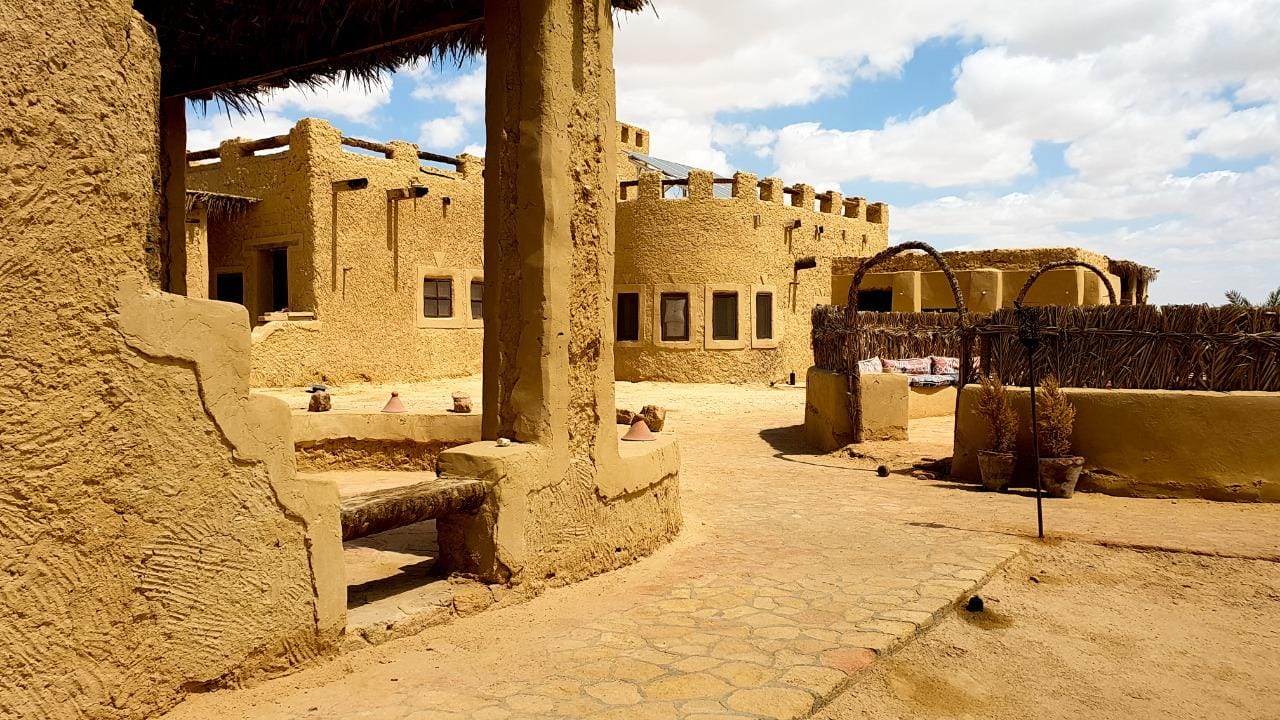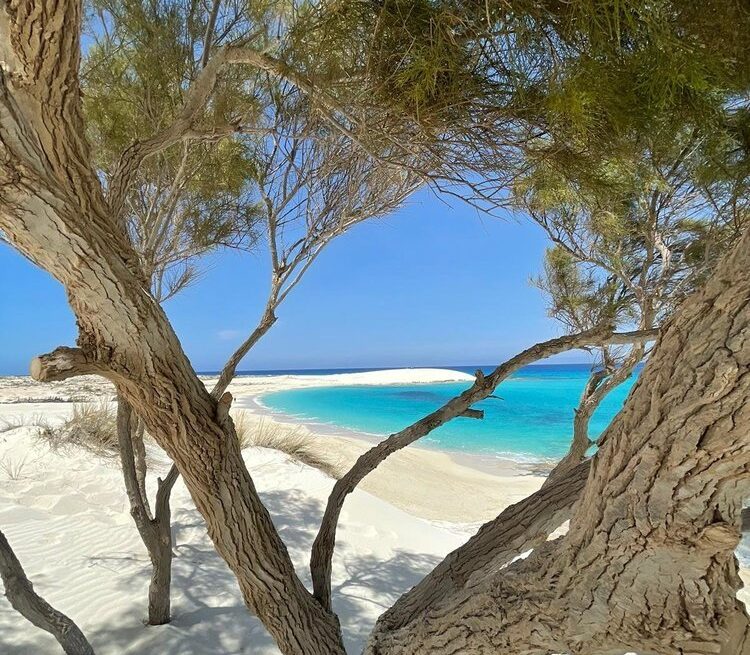
Introduction
Overview of Siwa Oasis
Nestled in the tranquil expanses of the Western Desert in Egypt, Siwa Oasis is a breathtaking gem celebrated for its lush palm groves and enchanting springs. This unique desert landscape is not just a paradise for nature lovers; it’s a vibrant cultural hub that has preserved rich traditions over centuries. I remember my first visit, walking through the fragrant gardens and listening to the distant sounds of traditional music echoing through the air, instantly transporting me to a realm of heritage and history.
History of Siwa Traditional Music
The roots of Siwa traditional music run deep, intertwined with the community’s customs and beliefs. Historically, this music has served as a means of storytelling, often conveying tales of love, heroism, and spirituality. Some key aspects include:
- Origins: Influenced by Berber, Egyptian, and other African music traditions.
- Purpose: Used in celebrations, rituals, and everyday life, connecting people with their ancestors.
- Instruments: Simple yet profound, featuring drums, flutes, and stringed instruments that evoke joy and nostalgia.
Experiencing this music firsthand allowed me to appreciate how it is woven into the fabric of Siwan life, creating a unique cultural tapestry that continues to thrive today.
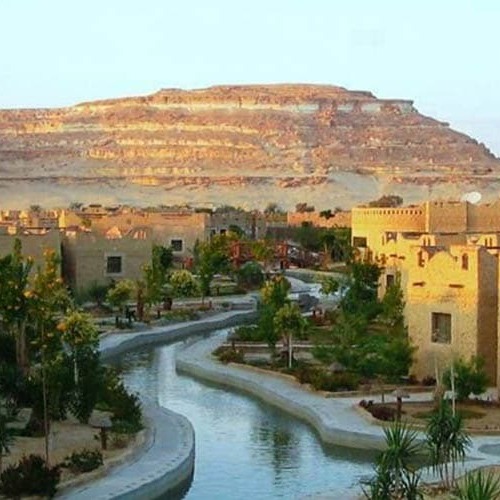
The Role of Siwa Traditional Music in Society
Cultural Importance
As I delved deeper into the enchanting world of Siwa traditional music, I realized just how pivotal it is in shaping the community’s identity. This music isn’t merely entertainment; it’s the heartbeat of Siwan culture. It fosters unity during festivals and gatherings while preserving stories ancestral to the Siwan people. Some highlights of its cultural significance include:
- Celebration and Rituals: Integral in weddings, religious ceremonies, and harvest festivals.
- Identity and Continuity: Strenghtens connections to heritage, helping younger generations grasp their roots.
Music Instruments Used in Siwa Traditional Music
The delightful sounds of Siwa traditional music are produced using a variety of instruments, each adding its unique flavor. During my visit, witnessing musicians play these instruments was a mesmerizing experience. Key instruments include:
- Riq: A type of tambourine that adds vibrant percussive beats.
- Mijwiz: A reed flute that creates captivating melodic lines.
- Darbuka: A drum that delivers rhythmic accompaniment.
Together, these instruments transform gatherings into celebrations, enabling everyone to join in and share the joy through music!

Evolution of Siwa Traditional Music
Influences from Surrounding Cultures
As I continued my exploration of Siwa’s mesmerizing musical landscape, I noticed how surrounding cultures have significantly shaped its evolution. The oasis has welcomed diverse influences, blending Berber, Egyptian, and Libyan rhythms into its unique identity. These cultural exchanges have crafted an extraordinary tapestry that defines Siwa’s musical narrative. Key influences include:
- Berber Rhythms: Infusing lively beats and vibrant melodies.
- Egyptian Folk Music: Introducing lyrical storytelling that resonates with the audience.
Modernization of Siwa Traditional Music
While Siwa’s traditional music remains rooted in its history, modernization has made a remarkable impact. During my conversations with local musicians, many expressed excitement about blending traditional sounds with contemporary genres. Young artists are daring to innovate, creating fresh interpretations that appeal to a wider audience.Some changes include:
- Fusion Genres: Mixing traditional tunes with pop, rock, and electronic influences.
- Global Platforms: Utilizing social media and streaming services to reach audiences worldwide.
This beautiful evolution ensures that Siwa’s rich musical heritage not only endures but flourishes in today’s fast-paced world.

Rituals and Ceremonies Associated with Siwa Traditional Music
Wedding Celebrations
Attending a wedding celebration in Siwa was truly a magical experience! Traditional music is at the forefront of these joyous events, creating a lively atmosphere as families come together to celebrate love. The rhythmic beats and enchanting melodies embody the spirit of unity. Some highlights of these celebrations include:
- Live Performances: Musicians play festive tunes that get everyone dancing.
- Traditional Dances: Guests participate in spirited dance styles, from the uplifting “Dabke” to the expressive “Mizmar.”
Spiritual Healing Practices
Beyond joyous occasions, Siwa traditional music plays a significant role in spiritual healing practices. During my visit, I witnessed how music serves as a powerful tool for emotional and physical healing within the community. Key aspects include:
- Healing Rituals: Music is often incorporated into rites led by spiritual healers, invoking spirits and energies.
- Calming Melodies: Soft, soothing tunes can help alleviate stress, providing comfort and solace.
Through these rituals, Siwan musicians not only preserve their heritage but also connect with their community on a profound level.
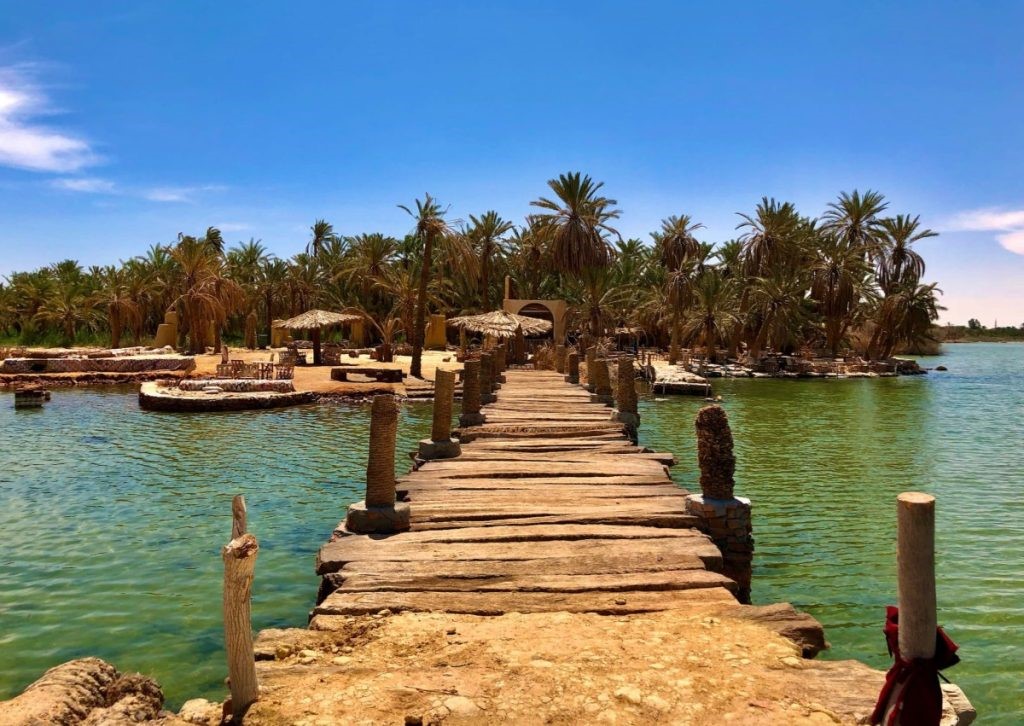
Preservation Efforts of Siwa Traditional Music
Challenges in Conservation
Amid the vibrant tapestry of Siwa traditional music, I became aware of the significant challenges faced in preserving this cherished heritage. Modernization and globalization pose a threat, often overshadowing local traditions. Some pressing challenges include:
- Commercialization: The rise of mainstream music can dilute traditional sounds.
- Youth Disengagement: With young people attracted to international genres, there’s a risk of losing interest in their roots.
These issues have sparked a strong call for preservation efforts.
Initiatives to Safeguard Siwa Cultural Heritage
Despite these challenges, I was heartened to discover various initiatives aimed at safeguarding Siwa’s cultural heritage. Passionate locals and organizations are working collectively to ensure that traditional music remains vibrant. Some remarkable efforts include:
- Workshops and Festivals: Programs aimed at teaching younger generations the art of traditional music.
- Community Collaborations: Local musicians partnering with cultural organizations to host events that celebrate and promote Siwan music.
Witnessing these initiatives in action filled me with hope, as they not only embrace tradition but also inspire a renewed appreciation among the youth for their musical roots.
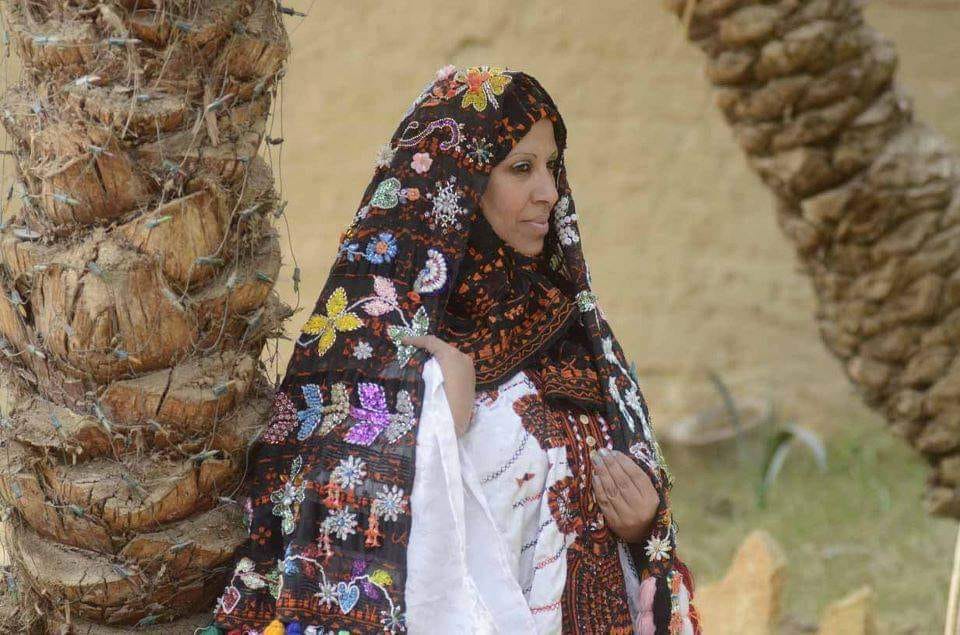
Impact of Siwa Traditional Music on Contemporary Music Scene
Fusion with Other Genres
The beautiful evolution of Siwa traditional music has seamlessly woven itself into the contemporary music scene! During my time in the oasis, I was thrilled to hear local musicians experimenting with fusion genres. They bravely blend traditional sounds with modern influences, creating vibrant new styles. Some notable examples include:
- World Music Fusion: Incorporating elements from jazz, rock, and electronic music.
- Collaborative Projects: Musicians teaming up with artists from diverse backgrounds to create fresh sounds.
This fusion not only captivates audiences but also broadens the appeal of Siwa’s rich musical heritage.
International Recognition of Siwa Traditional Music
As Siwa’s traditional music gains traction, I noticed its growing international recognition. It’s exciting to see how global platforms have embraced this unique sound. Some key highlights include:
- World Music Festivals: Siwan artists performing at festivals worldwide, showcasing their talent.
- Cultural Exchanges: Increased collaboration with international musicians, fostering appreciation for their heritage.
Experiencing this transnational journey reassured me that Siwa’s traditional music will continue to thrive, resonating across cultures and generations!

